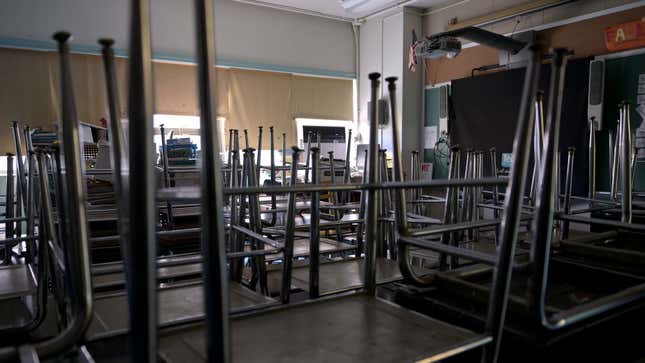Lawsuit Charges California Has Failed Black, Latinx, Low-Income Students During the Pandemic
Latest

When K-12 classes went remote earlier this spring, experts warned that the impact would be most felt by those who were already being failed by our educational system, in particular Black and Latinx students as well as those living in more rural districts. In June, the New York Times predicted that “the average student could fall seven months behind academically, while black and Hispanic students could experience even greater learning losses, equivalent to 10 months for black children and nine months for Latinos.” As the covid-19 pandemic has continued into the fall, the disparities, which track along already existing fault lines, have become starker, especially when it comes to which students have the option of learning in-person and which do not.
Researchers have found that Black, Latinx, and Asian American students are more likely to attend all-virtual classes than white students; one recent survey found that seven out of ten Black students and six out of ten Latinx students are attending all-remote classes, while only four out of ten white students are doing the same. An analysis by the Associated Press and Chalkbeat before the start of the school year this fall echoed those findings, reporting that “[d]istricts where the vast majority of students are white are more than three times as likely as school districts that enroll mostly students of color to be open for some in-person learning.”
-

-

-

-

-

-

-

-

-

-

-

-

-

-

-

-

-

-

-

-

-

-

-

-

-

-

-

-

-

-

-

-

-

-

-

-

-

-

-

-








































